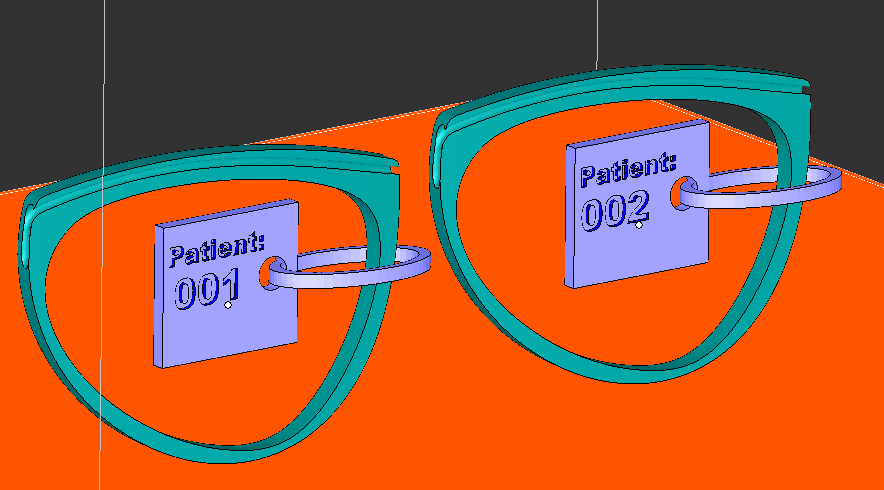Mass Customisation at 3T-AM
What is Mass Customisation?
Mass customisation is the combination of large-scale production quantities whilst maintaining individual customisation. Typically, these products will contain standardised components alongside some that are customised to suit the customer’s personal needs.
Many examples of Mass Customisation are products custom fitted for the user’s body, for example our case study on HEXR Helmets.
Why use Additive Manufacturing for Mass Customisation?
Additive Manufacturing (commonly known as 3D Printing) does not require tooling. This means that it is remarkably easy to make parts that are unique each time they are produced. AM can also enable the same just-in-time type production that is typically used to gain efficiency in batch production, by ensuring minimal work in progress throughout these type of operations. In some situations the manufacturer may not be supplying AM parts, but they may for instance use AM to make custom tooling for each part.
Because AM parts are made directly from CAD data, it is ideal for 'scan to product' operations. These type of applications are seeing an increase in popularity in industries such as wearable tech and medical devices. Here at 3T we work with a number of medical suppliers using our technology to add value to their products. You can read more about patient-specific parts here.
How do we ensure quality for mass customized AM parts?
To achieve a consistent production level quality the variables within the build must be controlled. At 3T-am our applications development team can work with you to determine the optimal way to build your parts to ensure consistent quality on the features that matter most to you. Nevertheless, on routine builds we will always optimise our setup to produce the best quality parts.
How can we ensure customised parts don’t get mixed up?
For parts with more discrete customisation it can be difficult to know which part is which. To make this easier we can add text to the part or build it with a sacrificial tag.

Having custom text on the part could even be used as a feature, allowing the end user to add their own message to their product.
How do we streamline the process?
Streamlining the process is essential to make it cost effective and successful in the long term. Industry 4.0 automation can be used to speed up the process and decrease the likelihood of human error.
One example is by using VBA Macros in SolidWorks to automatically add embossed labels to parts. Whilst the initial setup time may be high, the long-term time saving can be significant.
We have also had success using Python Script to automate the orientation and placement of parts within a build chamber. Again, this has a high initial setup time but drastically speeds up day to day setting up of builds. It also ensures control over the setup of the parts which in turn helps maintain quality.
If you have any questions about mass customisation at 3T or want to get in contact about your own project, we would love to hear from you so feel free to send us an email at [email protected].
Blog by Adam Widdowson
